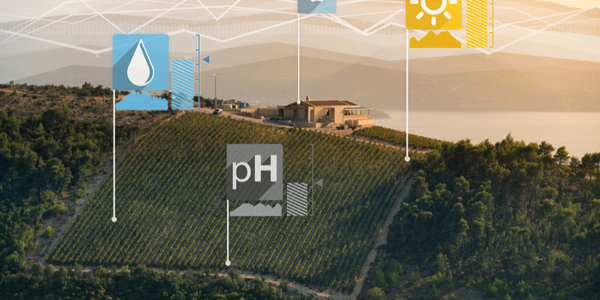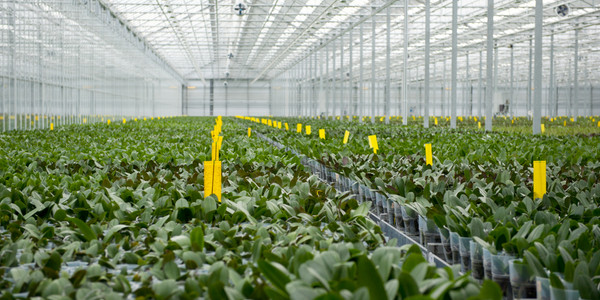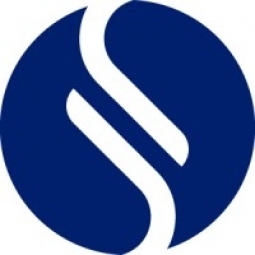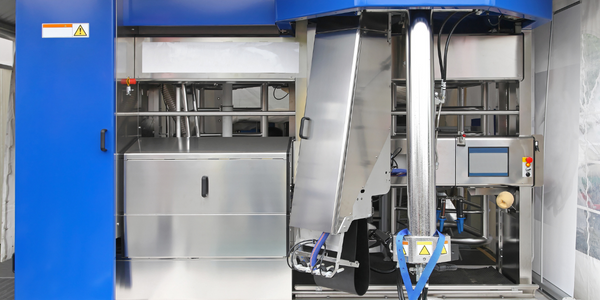Customer Company Size
Large Corporate
Region
- America
- Europe
Country
- European Union
- United States
Product
- Sphera Essential Suite
Implementation Scale
- Enterprise-wide Deployment
Applicable Industries
- Agriculture
- Food & Beverage
Use Cases
- Regulatory Compliance Monitoring
Services
- System Integration
About The Customer
In 1902, George A. Archer and John W. Daniels established a small linseed crushing business in Minneapolis, Minnesota. Today, their company -Archer Daniels Midland Company (ADM) –has grown into a vast, international agribusiness with 30,000 employees working at more than 725 facilities to provide food, feed, fuel and industrial products in 160 countries around the world. ADM’s unmatched assets and global scale give the company a competitive advantage in the marketplace and the company’s growth over the years is attributable in part to the breadth and diversity of its operations. From a small peanut-buying station to a large corn processing facility, ADM provides customers with a matrix of value, a mix of agricultural products, and services that meet their specific needs.
The Challenge
Archer Daniels Midland Company (ADM) is a vast, international agribusiness with 30,000 employees working at more than 725 facilities in 160 countries. The company's growth over the years is attributable in part to the breadth and diversity of its operations. However, environmental information management was decentralized at ADM. Environmental managers developed their own work processes to meet the needs of their grain elevators, flour mills, corn processing or oilseed processing plants. Their information systems were narrowly scoped and fragmented because they had been built separately by consultants, locations, divisions and departments to comply with only the local, regional and national government regulations applied to their operations. This diverse group of corporate and operations professionals formed an Environmental Leadership Team (ELT) to promote collaboration and enable joint decision-making. In 2009, the ELT responded to proliferating regulations and demands for greater transparency from ADM’s senior management by hiring a third-party consultant to do a formal risk analysis benchmarking study of existing environmental practices and procedures.
The Solution
The new EMIS - called GEMINI (Global Environmental Management Information Network Initiative) - was approved by senior management in late 2010. The team immediately purchased Sphera Essential Suite,® part of the Sphera Environmental Performance Solution, including capabilities for compliance, tasking, audits, air, water, waste, fugitives, chemical inventory and more. The ELT and IT team began the implementation of GEMINI by deploying Sphera Essential Suite at 7 pilot sites, which represented various types of ADM facilities around the world from large corn mills to small country grain elevators in the United States, Europe and South America. They began by implementing capabilities built specifically for compliance and task management. GEMINI’s pilot test was successful, demonstrating the new system fit ADM’s requirements as a large, highly diversified global organization. First, it promoted standardization by collecting and managing a broad variety of environmental compliance requirements within a unified framework. It also established consistent industry best-practice workflows to ensure that tasks are assigned, tracked and completed.
Operational Impact

Case Study missing?
Start adding your own!
Register with your work email and create a new case study profile for your business.
Related Case Studies.

Case Study
Intelligent Farming with ThingWorx Analytics
Z Farms was facing three challenges: costly irrigation systems with water as a limited resource, narrow optimal ranges of soil moisture for growth with difficult maintenance and farm operators could not simply turn on irrigation systems like a faucet.

Case Study
The Kellogg Company
Kellogg keeps a close eye on its trade spend, analyzing large volumes of data and running complex simulations to predict which promotional activities will be the most effective. Kellogg needed to decrease the trade spend but its traditional relational database on premises could not keep up with the pace of demand.

Case Study
HEINEKEN Uses the Cloud to Reach 10.5 Million Consumers
For 2012 campaign, the Bond promotion, it planned to launch the campaign at the same time everywhere on the planet. That created unprecedented challenges for HEINEKEN—nowhere more so than in its technology operation. The primary digital content for the campaign was a 100-megabyte movie that had to play flawlessly for millions of viewers worldwide. After all, Bond never fails. No one was going to tolerate a technology failure that might bruise his brand.Previously, HEINEKEN had supported digital media at its outsourced datacenter. But that datacenter lacked the computing resources HEINEKEN needed, and building them—especially to support peak traffic that would total millions of simultaneous hits—would have been both time-consuming and expensive. Nor would it have provided the geographic reach that HEINEKEN needed to minimize latency worldwide.

Case Study
Greenhouse Intelligent Monitoring and Control Solution
Farming Orchids is the most successful form of precision farming in Taiwan, and also the most exported flower. Orchids need a specific temperature and humidity conditions to grow and bloom, and its flowering time may not be in line with market demands, so the price collapses when there is overproduction. Therefore, some farmers began to import automated greenhouse control systems for breeding and forcing, which not only improves quality, but also effectively controls the production period and yield to ensure revenue. In 2012, an orchid farmer built a Forcing Greenhouse of about 200 pings (approximately 661 Square Meters) in Tainan, Taiwan. The system integrator adopted Advantech’s APAX-5000 series programmable automation controllers to build the control platform, coupled with Advantech WebAccess HMI/SCADA software, to achieve cloud monitoring. The staff of the orchid field can monitor important data anytime via smart phone, iPad, and other handheld devices, and control the growth and flowering conditions. System requirements: In the past, most environmental control systems of orchid greenhouses in Taiwan used PLCs (Programmable Logic Controller) with poorscalability and control, and could not be connected to the Internet formonitoring from the cloud. For advanced database analysis and networking capability, the PC platform must be adopted. Therefore, PAC Systems (Programmable Automation Controller) with both PLC programming capabilities andPC functions is a better choice.The environmental control of the Orchid greenhouse switches on and off devices like fan, shade net, cooling/heat pump, liquid flow control, water-cooling wall etc. It is controlled by a control panel of electric controllers, and is driven by a motor, to adjust the greenhouse temperature, humidity, and other environmental conditions to the set parameters.









